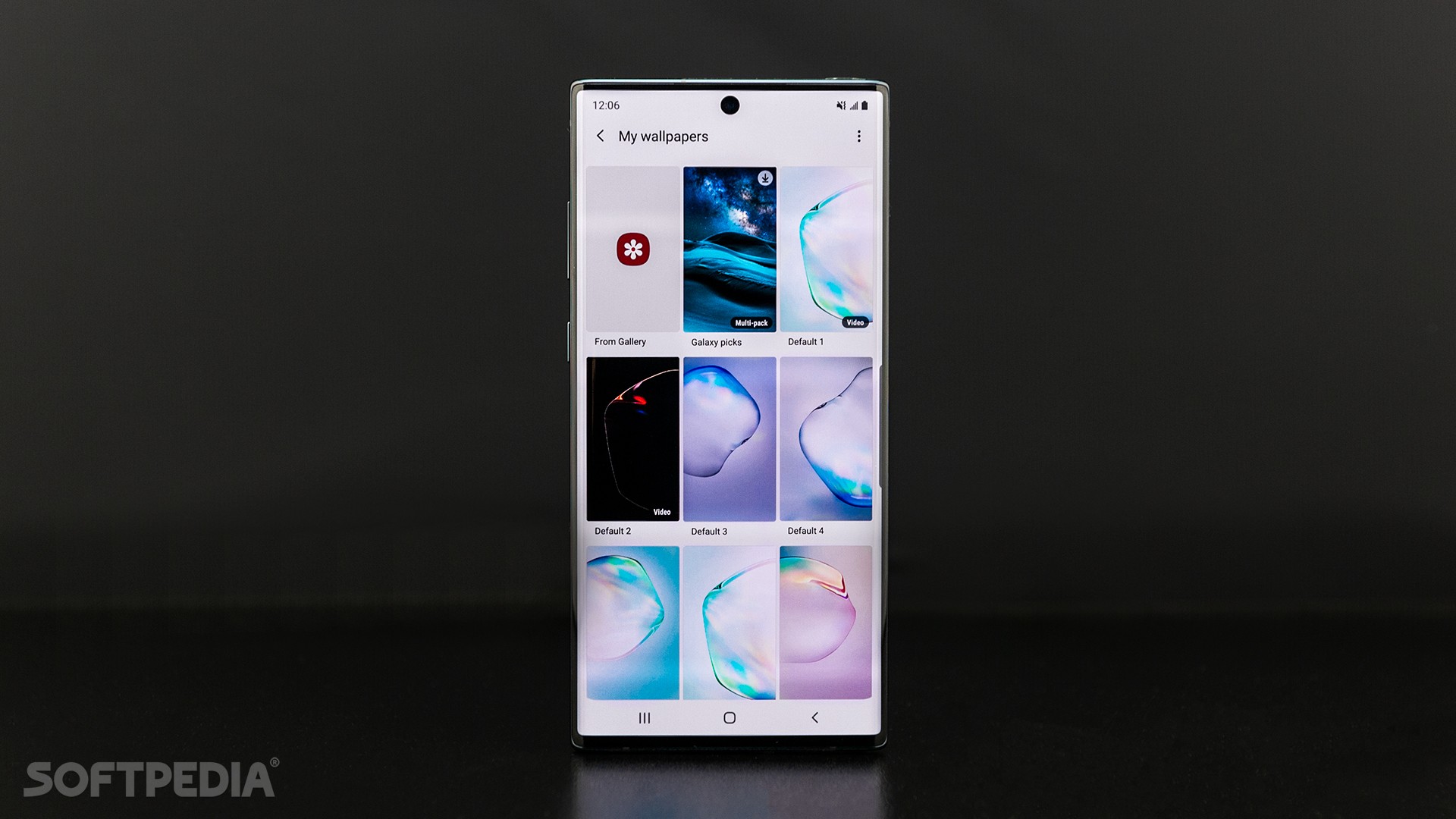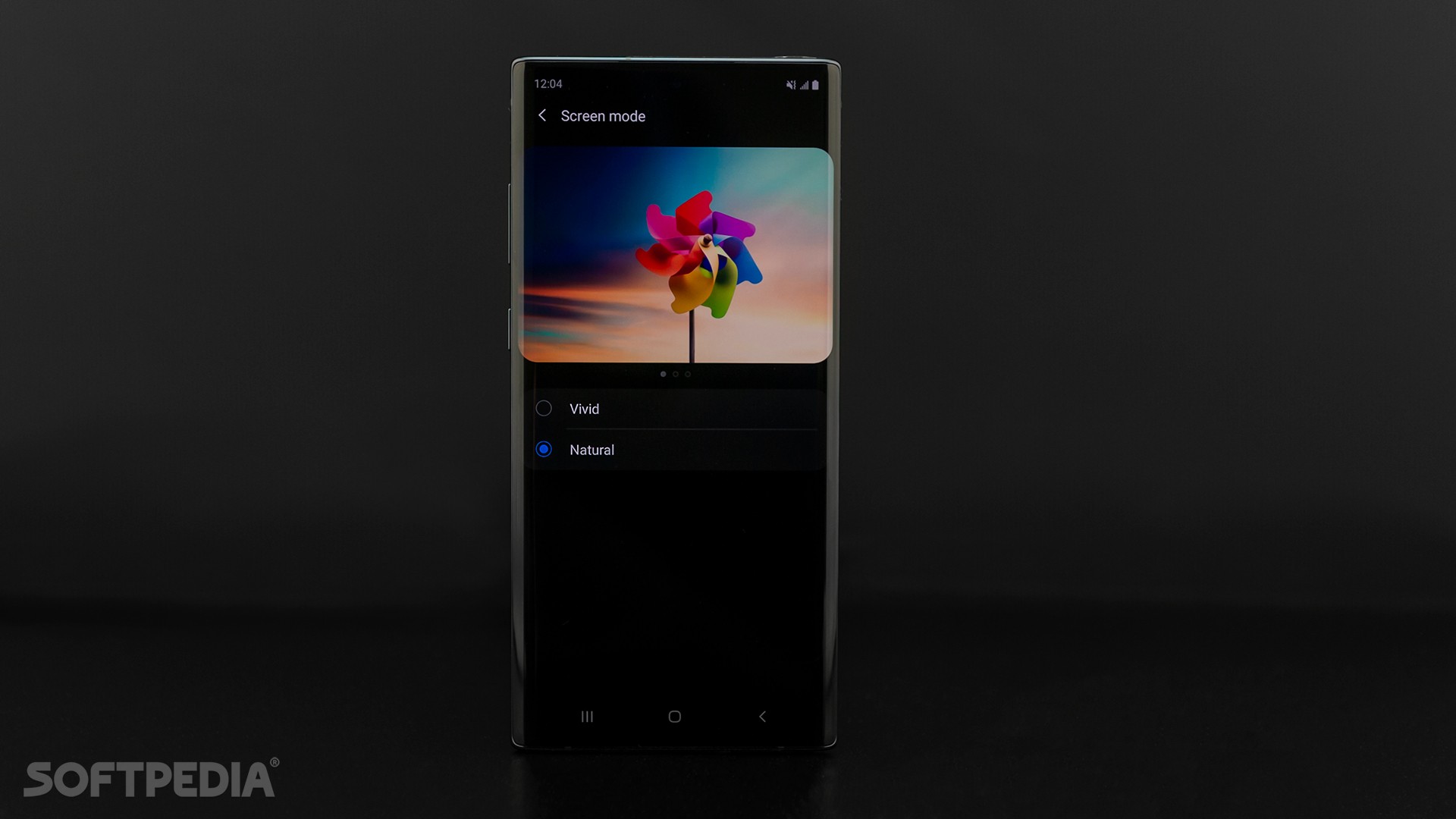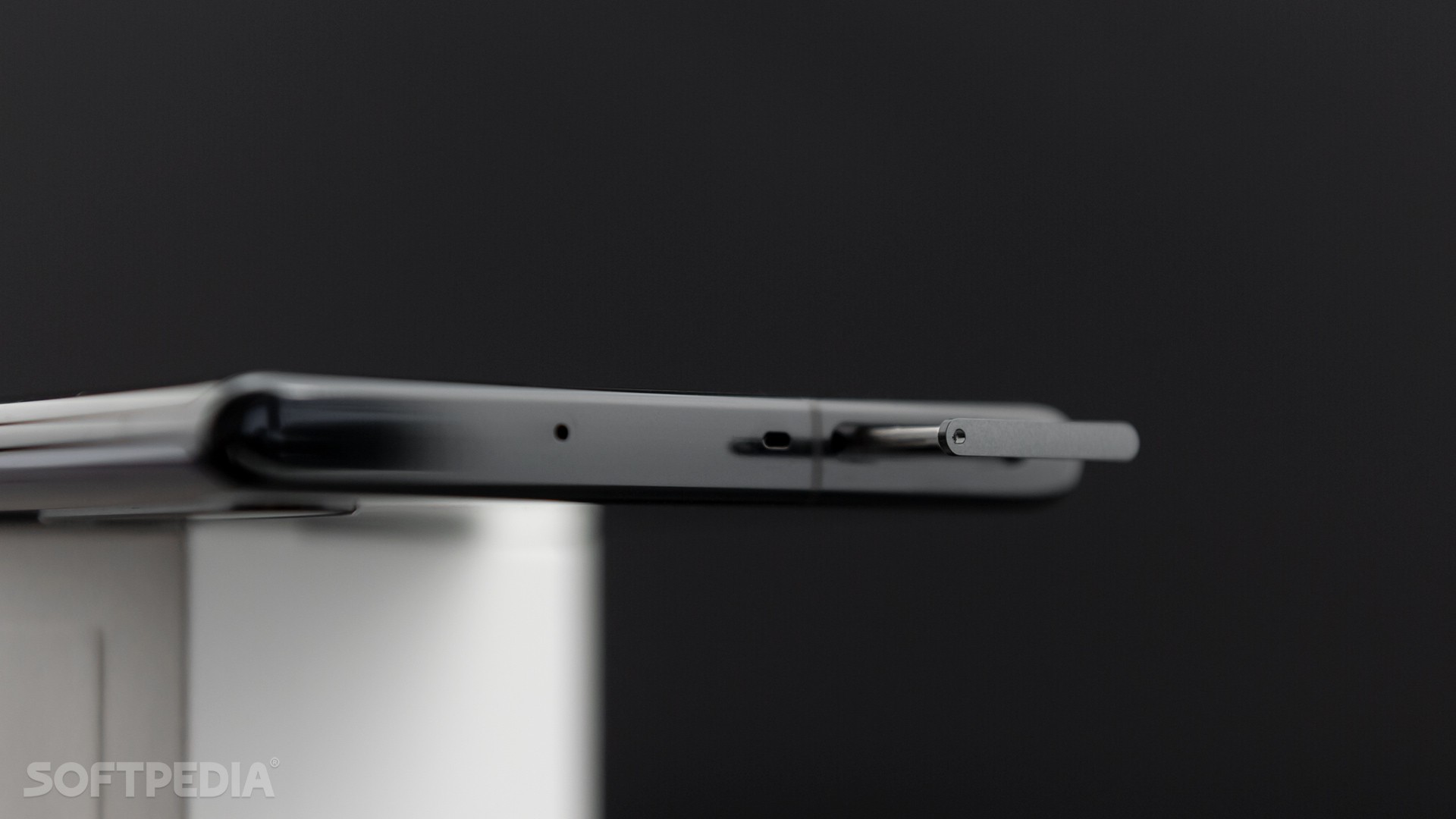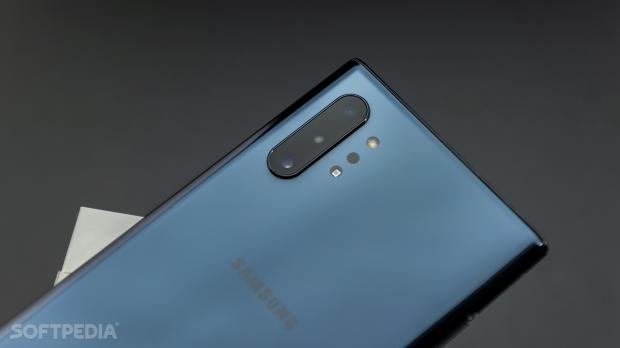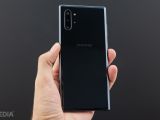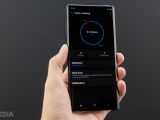This might not make any sense when first hearing it, but buying a high-end phone isn’t as easy as it sounds, despite the fact that you’re ready to spend a small fortune on it.
The reason is that despite the otherwise vast smartphone market, there are only a few makers building super-flagships, and you can actually count them on the fingers of one hand.
First of all, it’s Apple and its iPhone. Then, it’s Google and the Pixel, Samsung and the Galaxy S and Galaxy Note series, Huawei with the P and Mate models, and maybe Nokia, OnePlus, and a few others.
In reality, on the other hand, the battle between super-flagships comes down to just three names, and they are Apple, Samsung, and Google.
As the world’s number one smartphone manufacturer, Samsung has not one, but two such high-end phones, both of which generate impressive excitement every year when the latest upgrades are announced.
Rumors swirling around the web indicate that Samsung could end up merging the Galaxy S and the Galaxy Note brands simply because the two already share much of the hardware, but until this happens, the Galaxy Note remains a niche in a niche that more and more people seem to love.
The latest-generation Note comes with improvements that first saw daylight on the Galaxy S10, and this approach makes it more like the device to go for if you’re looking for the best of the best in the Samsung device lineup. Features that debut on the Galaxy S end up being more refined and polished on the Galaxy Note, and this is exactly what’s happening this year as well.
For example, the camera cutout from the Galaxy S10 has been fine-tuned for the Galaxy Note10, so it’s placed right in the middle, with a smaller ring that eats up a reduced part of the screen. This means the front-facing camera itself is less intrusive, and you can’t imagine how useful this is given that it’s actually a black spot on the screen that you see no matter what.
The same for the ultrasonic fingerprint sensor, which has been moved from the back on the Galaxy Note9 to the front on the Galaxy Note10. Samsung uses the same idea as on the Galaxy S10, so the fingerprint sensor is embedded into the glass. The fingerprint sensor overall feels more accurate and faster than on the Galaxy S10, and this is definitely a critical point.
Earlier this year when I reviewed the Galaxy S10, one of my complaints was aimed right at this fingerprint sensor. At that time, I said the technology was awesome, only that it didn’t work exactly as expected, with a high percentage of failed scanning attempts due to incorrect readings. Samsung has improved the experience on the Galaxy Note10, albeit I still experienced occasional errors when scanning my finger. So while the technology itself is awesome, it's not quite there yet, and further polishing is still needed.
Right now, the best combination on the Galaxy Note10, and which I use every day as well, is facial recognition set up alongside the fingerprint sensor. To unlock the device, I use face recognition, which works for the most part of the day, and when the lightning in the room blocks it, I turn to scanning my finger.
The design of the Note hasn’t changed much from the old generation to the new one. At least, not in a very substantial manner, and here I’d highlight two important differences.
First and foremost, the lack of a fingerprint reader on the back coupled with the new camera layout makes it easy to tell a Galaxy Note10 apart from its predecessor. And second, Samsung has moved the lock/power button from the right side of the phone to the left side, killing off the useless Bixby button that nobody used anyway.
With the default configuration, this button is set to lock/unlock with one press and launching Bixby with a long press. To reboot and power off the phone, there’s a new quick action in the notification center to do this, but thankfully, you can change the behavior of the button in the Settings screen and set the long-press to bring up power options.
While visually speaking the two are rather difficult to distinguish one from the other, there are some substantial differences on paper. At 151 x 71.8 x 7.9 mm (5.94 x 2.83 x 0.31 inches), Galaxy Note10 is smaller and slimmer than the model it replaces, which measures 161.9 x 76.4 x 8.8 mm (6.37 x 3.01 x 0.35 inches). Additionally, it tips the scales at 168 grams, so it’s a lot lighter than the Galaxy Note9, whose weight was 201 grams.
This might not seem much at first, but you can feel the difference when holding the two in hand or carrying them in a pocket. On the other hand, I actually enjoy the Galaxy Note9 more for whatever reason, and when comparing the two, the older model just seemed more solid and more compact, leading to holding it in hand more securely.
Both of them are soap-slippery, but this has already become a common thing on modern smartphones, so a back cover is a must-have have on the Galaxy Note10 too. The Note10 uses a glass body with an aluminum frame, and its build quality is top-notch. But seriously, this can’t be by any means surprising given Samsung’s the world leading smartphone market and this is its best phone ever.
Samsung launched two different Note10 models this year, one with a 6.3-inch screen and another one with a 6.8-inch display. The differences between the two mostly come down to the size, but I think the smaller one is easier to carry around. The larger obviously isn’t so easy to use with smaller hands, and using both of them is sometimes the only way to reach the other part of the screen.
When it comes to hardware, the two Note10 versions are identical, so the power comes from either the Qualcomm Snapdragon 855 or the Exynos 9825 depending on market. The Snapdragon version, which is the one we’re testing today, is sold in the United States and China, while the rest of international markets get the Exynos version.
Both chips are built on a 7nm platform, and they are paired with either the Adreno 640 GPU for the Snapdragon configuration or the Mali-G76 MP12 for Exynos.
A small difference between the two is made in the storage department, where the Note10 is offered with 256GB storage and 8GB RAM, while the larger Note10+ can be ordered with 12GB RAM and a choice of two storage options, namely 256GB and 512GB.
These configurations obviously allow for the Note10 to be blazing fast, regardless of the version you’ve purchased. And this isn’t necessarily surprising given this is Samsung’s flagship, and the screen optimizations make the Note10 an excellent choice even for gaming. Note10+ has a 91% screen-to-body ratio, and this is all thanks to the camera cutout that features a smaller ring.
The camera section is the one where we’re going to spend a bit more time.
First and foremost, let’s see the specs. Both Note10 versions come with a triple-camera system, as it follows:
| 12-megapixel wide sensor: f/1.5-2.4, 27mm, 1/2.55", 1.4µm, Dual Pixel PDAF, OIS |
| 12-megapixel telephoto sensor: f/2.1, 52mm, 1/3.6", 1.0µm, PDAF, OIS, 2x optical zoom |
| 16-megapixel ultrawide sensor: 16 MP, f/2.2, 12mm, 1.0µm, Super Steady video |
Some of them are pretty cool, such as the Zoom-in Mic, whose purpose is to focus on the sound coming from the subject in focus, thus reducing background noise. This feature uses a mic that’s installed under the camera sensors, and using complex software, the Note10 can determine the source of a specific sound and choose the one coming from the subject the camera is zoomed into.
However, I found myself using these camera extras on rare occasions, so let’s focus on the actual performance of the camera.
The Galaxy Note10 camera perfectly aligns with the performance that you get from Samsung’s flagships, and the quality of the photos you take with this device are very close to the ones you take with an S10. This makes sense given the two share most of the hardware, but the Note10 also features smaller refinements that add a touch of sharpness and subtle contrast details to each picture.
The Note10 camera is most of the time very fast, so it’s easy to take photos of objects in motion without breaking and the amount of details.
But this top-notch performance got ruined when Samsung shipped the September 2019 software update.
The update was supposed to polish the performance of the camera even further, but what you get instead is a camera that takes washed out photos that seem to feature the notorious beautify effect on older Samsung models. Photos now lack the amount of details previously offered by the Note10 camera, and colors overall seem to feature reduced saturation. A yellow tint can be observed in nearly every photo due to what appears to be incorrect white balance calibration.
Most likely, this is just a bad update, and I expect Samsung to ship further software updates to improve camera performance.



Samsung Galaxy Note10 obviously comes with an S Pen, and as I said before, this is something that not everyone uses, despite purchasing this particular phone. This makes their choice kind of weird, albeit buying the Note10 is pretty much the only way to get the best of the best in the Samsung lineup since the South Koreans don’t offer a model without a stylus.
Somewhat surprising is that the Galaxy Note10 lets people down when it comes to battery life. The Note10+ features a 4300 mAh battery, while the smaller sibling is equipped with a 3500 mAh unit.
The Note10+ barely gets me through the day with a heavy use pattern, and this is somewhat surprising given the Note9 had no issue doing this whatsoever. I believe the new chips and the increased screen estate eat up much more battery life than Samsung expected, so have this in mind if you are a heavy gamer.
However, both models come with fast battery charging, and also feature cool tech like reverse wireless charging and wireless charging.
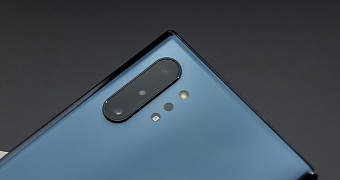
 14 DAY TRIAL //
14 DAY TRIAL // 